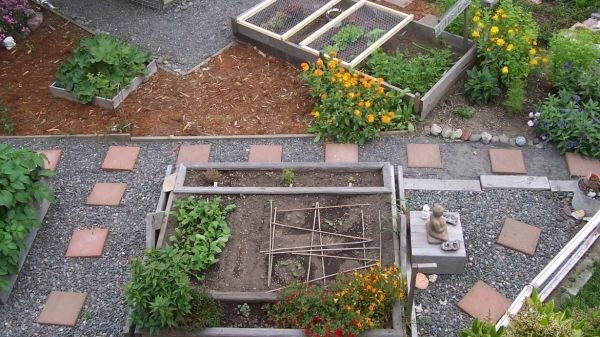A community garden occupies a diminutive dirt lot in Phoenix. Rows of raised garden beds offer up basil, watermelons and corn, making this patch of land an agricultural oasis in a desert city of 1.5 million people. In fact, this little garden is contributing in various ways to the city’s environmental sustainability goals set by the Phoenix City Council in 2016. The goals consider matters such as transportation, water stewardship, air quality and food.
With these goals in mind, a group of researchers led by Arizona State University assessed how urban agriculture can help Phoenix meet its sustainability goals. For example, urban agriculture could help eliminate so-called “food deserts” — communities that lack retail grocers. It also can provide green space, as well as energy and CO2 emissions savings from buildings.
“Our analysis found that if Phoenix used only about 5% of its urban spaces (2% of its land, and about 10% of its building surfaces) for urban agriculture, the city could meet its sustainability goal concerning local food systems,” said Matei Georgescu, associate professor in the ASU School of Geographical Sciences and Urban Planning and co-author of the study. “Urban agriculture would also contribute towards the city’s goals of increasing open spaces, and reducing environmental impact from buildings and land use.”
Continue reading at Arizona State University
Image via Arizona State University


